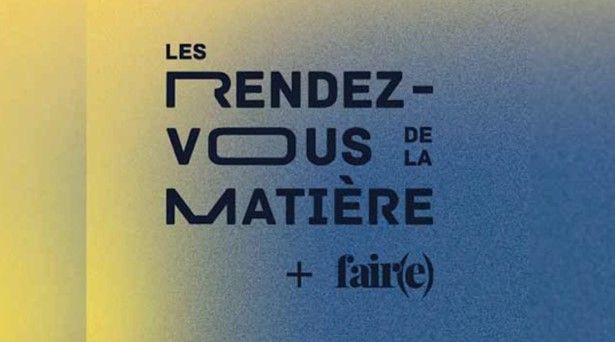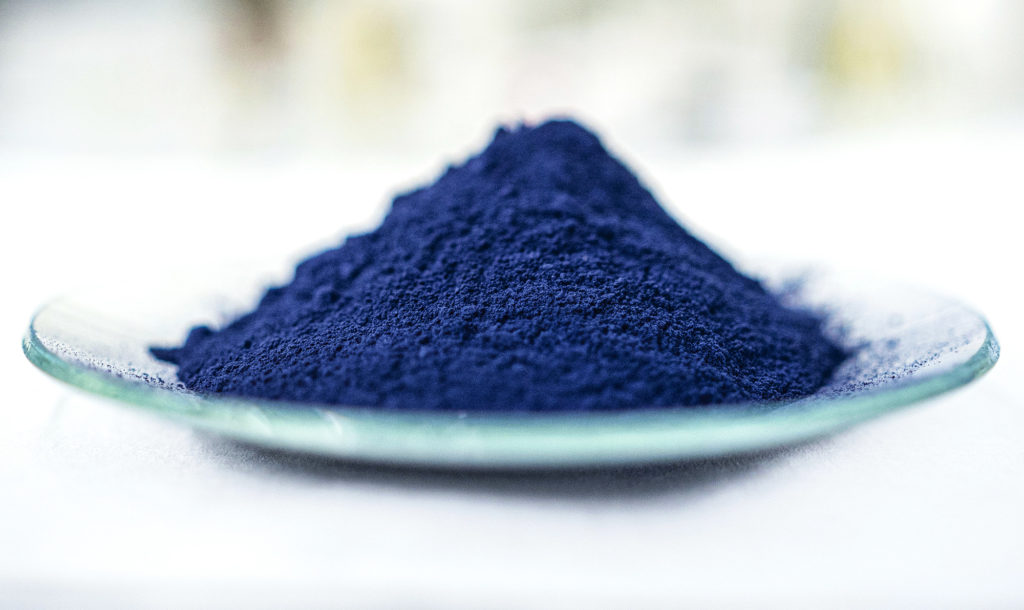Our news
Our latest news

The Mouvement Impact France is continuing its momentum with the Lyon edition of the Universités de l’économie de demain.
Unmissable event where committed leaders, economic decision-makers and political leaders converse, the Universités de l’économie de demain have the ambition to promote a new competitiveness based on ecological and social factors and question the way in which the territories can be at the heart of our economy transformation.
Round tables, workshops and masterclasses with political decision-makers and leaders of the Auvergne-Rhône-Alpes region cille take place with a common thread: “Ecological and social transition: moving from words to deeds”.
See you on October 19th for a tremendous day of exchanges and discussions!

There are only five days left before the great meetings and discussions of the Rendez-Vous de la Matière + Fair (e)!
On October 12 and 13, Annabelle Ledoux will have the pleasure of welcoming artisans, architects, interior designers, designers and experts to the Marais.Marais space, to help you discover the true potential of materials. On the program, a cycle of conferences and round tables entirely dedicated to materials, know-how, committed arts and crafts, living things, research-innovation and the multiplication of possibilities thanks to collaboration.

While 99% of colors are produced from fossil resources, Pili produces bio-based dyes and pigments to provide a sustainable alternative to polluting dyes in the textile industry. In an improved way, Pili reproduces the process used naturally by certain bacteria, from the soil or from mushrooms, to produce color.
Placed in large fermentation tanks at room temperature, the microorganisms break down renewable plant materials, such as sugar and wood, and transform them into dyes. The pigments are then separated from the bacteria and put together to obtain the desired range of colors.
Congratulations for this great innovation!
